Island Conservation Unveils New Branding and Website to Support Global Island Restoration
Our new branding and website support our vision of a world filled with vibrant biodiversity, resilient oceans, and thriving island communities!
Restoring islands for nature and people worldwide.
Published on
January 8, 2019
Written by
Island Conservation
Photo credit
Island Conservation

Press Release, 8 January 2019
Contact: Claudio Uribe, Island Conservation, Director of Communications.
claudio.uribe@islandconservation.org
Resources: photos, interviews
The Directorate of Galápagos National Park (Dirección del Parque Nacional Galápagos – DPNG) and the international nonprofit organization Island Conservation reintroduced 1,436 Galápagos Land Iguanas (Conolophus subcristatus) to Santiago Island on the 4th January 2019. The partners are reintroducing the land iguanas in an effort to restore the island’s ecological health and to provide the opportunity for this iguana species to thrive.
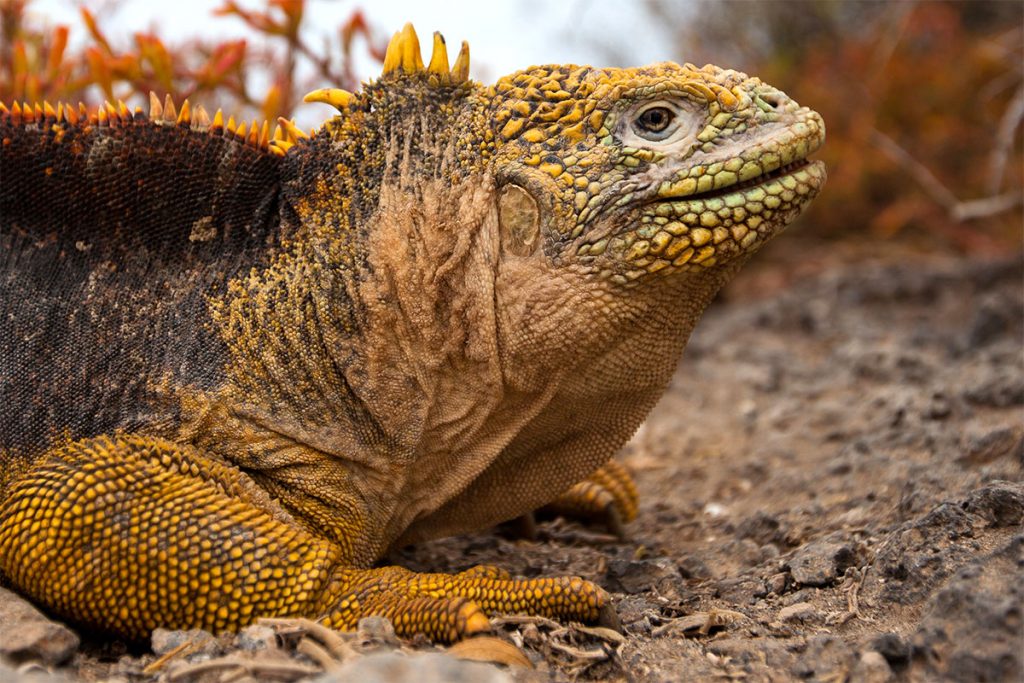
The DNPG and Island Conservation captured the land iguanas in late 2018, and further captures are underway for additional releases. The DNPG and Massey University from New Zealand will begin monitoring the reintroduced iguana population in February.
Karl Campbell, Island Conservation’s South America Regional Director stated:
This is the largest iguana population ever translocated for a reintroduction and sees critical ecosystem processes like seed dispersal reinitiated for the first time in 180 years.”
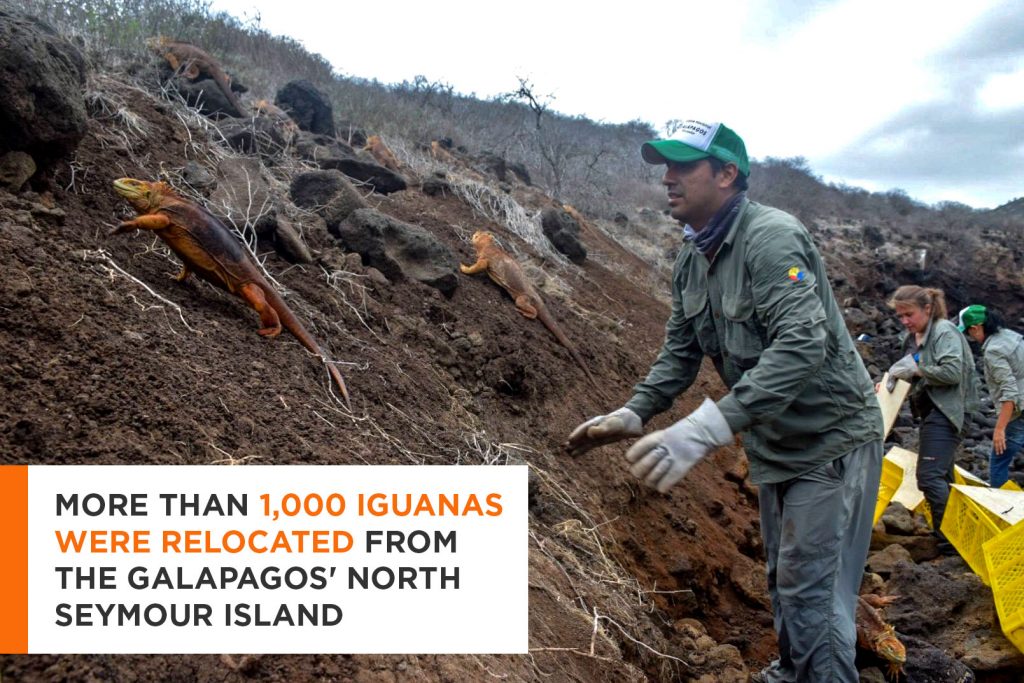
Land iguanas were sourced from North Seymour Island, where they were introduced in the 1930s and have increased to over 5000 and faced a lack of food availability. DNPG’s Ecosystems Director, Danny Rueda, explained, “naturalist guides, DNPG technicians, and Island Conservation staff reported the increasing vegetation loss, particularly cacti, on North Seymour beginning in 2016. Cacti are the land iguana’s primary food source. Relocation of iguanas will protect the North Seymour population.”
After capture on North Seymour, land iguanas underwent 3-4 weeks of quarantine in captive holding facilities on Santa Cruz Island to ensure seeds in the iguana’s guts were not inadvertently transported between islands.
Galápagos Land Iguanas are listed as Vulnerable by the International Union for the Conservation of Nature. The reintroduced iguanas weigh in total over seven tons and are expected to thrive in their new habitat.
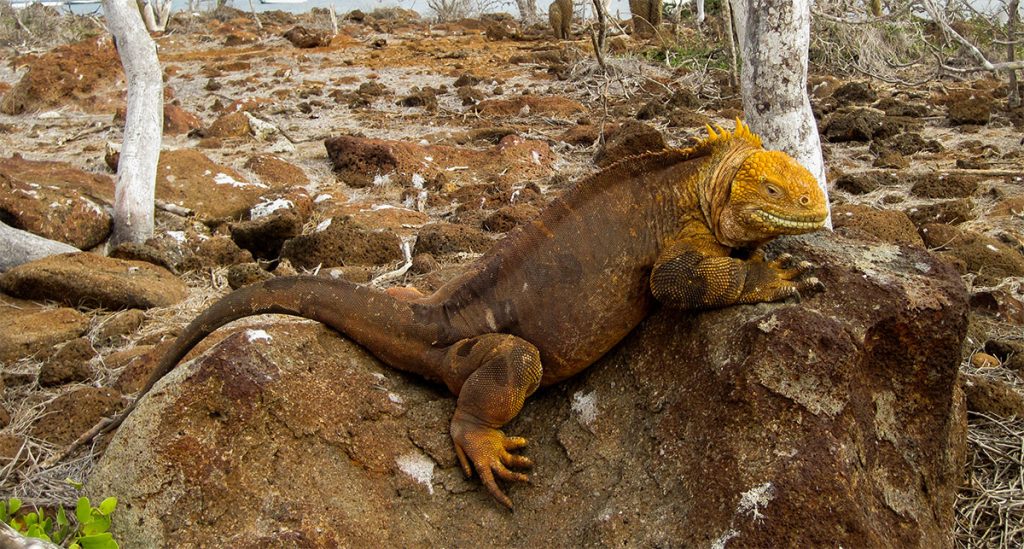
Charles Darwin was the second-last person to record land iguanas alive on Santiago Island in 1835, with Abel du Petit-Thouars being the last in 1838. Introduced feral pigs wiped out the land iguana population. When the California Academy of Sciences visited in 1903 they found only skeletal remains.
Santiago Island (58,465 ha / 144,470 acres) was freed of feral pigs in 2000, and feral goats and donkeys in 2005.
Santiago Island is the largest island worldwide to be freed of feral pigs, goats and donkeys, setting the stage for the next phase of island restoration activities like returning locally extinct species.
Other large scale restoration efforts are planned for other islands in the Galápagos. Funding contingent, in 2020 invasive predators will be eradicated from Floreana Island, protecting 55 endangered species and allowing for the reintroduction of 13 locally extinct species, including the Endangered Floreana Mockingbird and Floreana Giant Tortoise.
Check out other journal entries we think you might be interested in.

Our new branding and website support our vision of a world filled with vibrant biodiversity, resilient oceans, and thriving island communities!
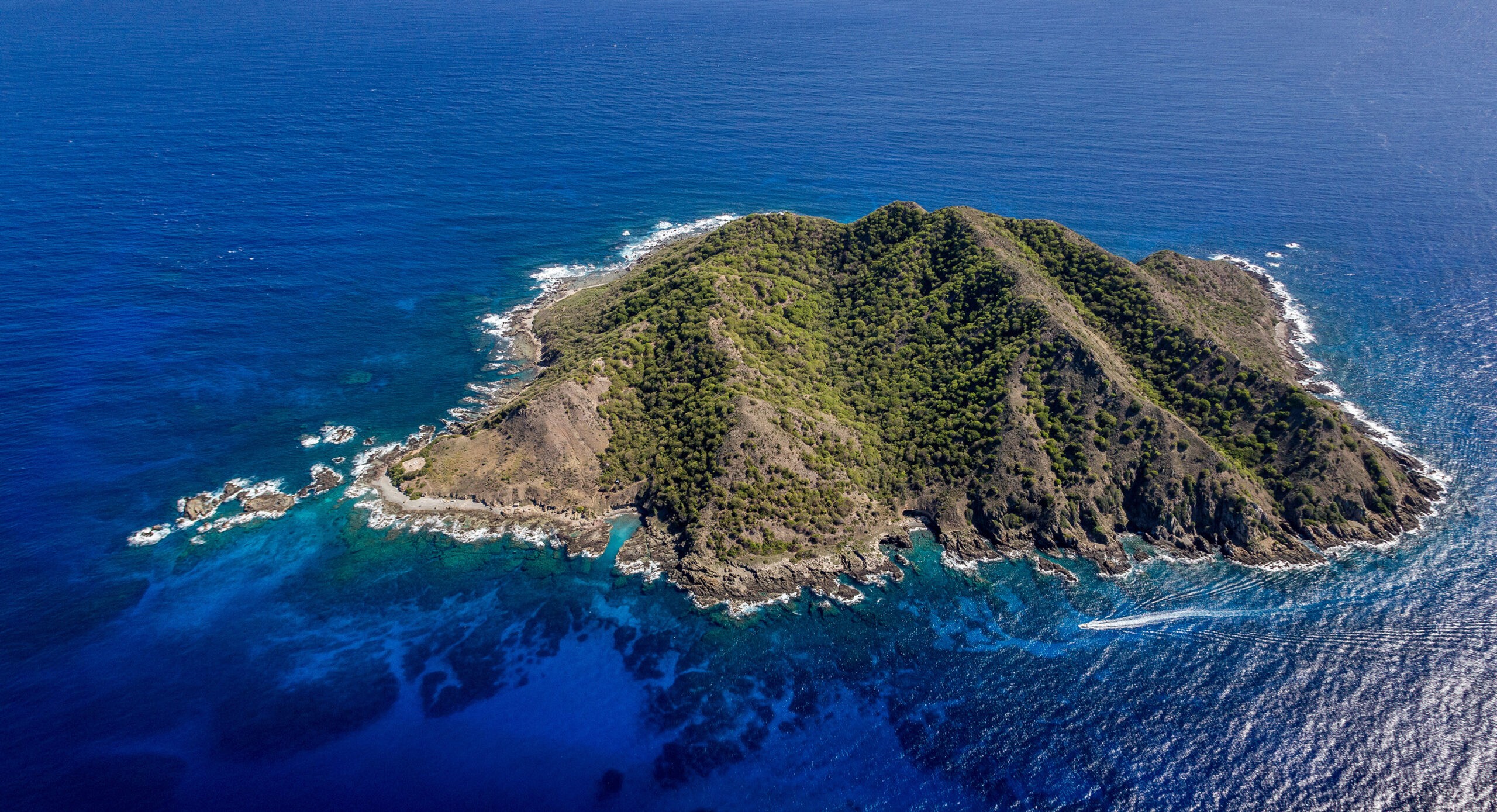
Audubon's Shearwaters are nesting on Desecheo Island for the first time ever! Read about how we used social attraction to bring them home.
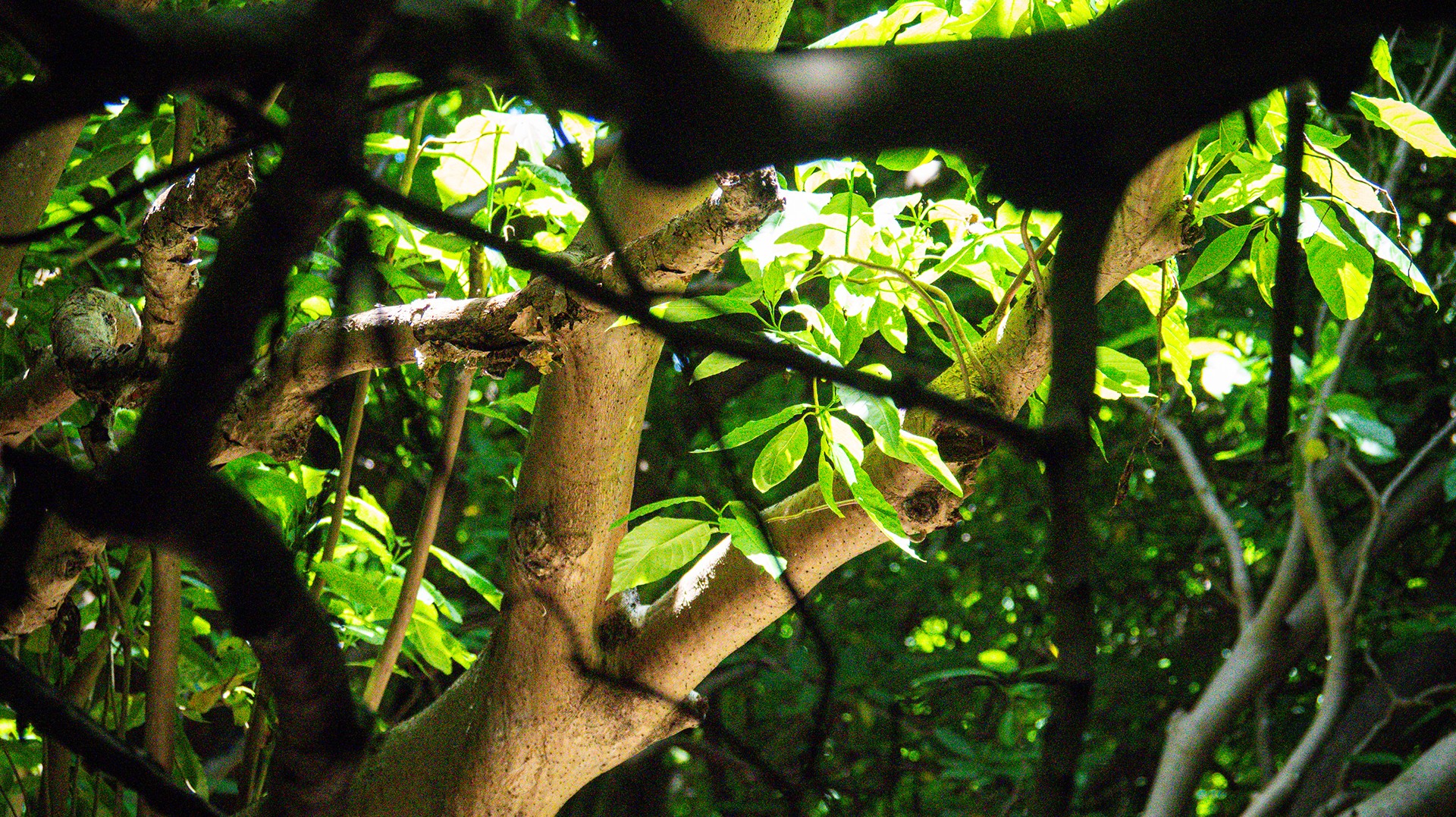
Island Conservation and partners have published a new paper quantifying ecosystem resilience on restored islands!
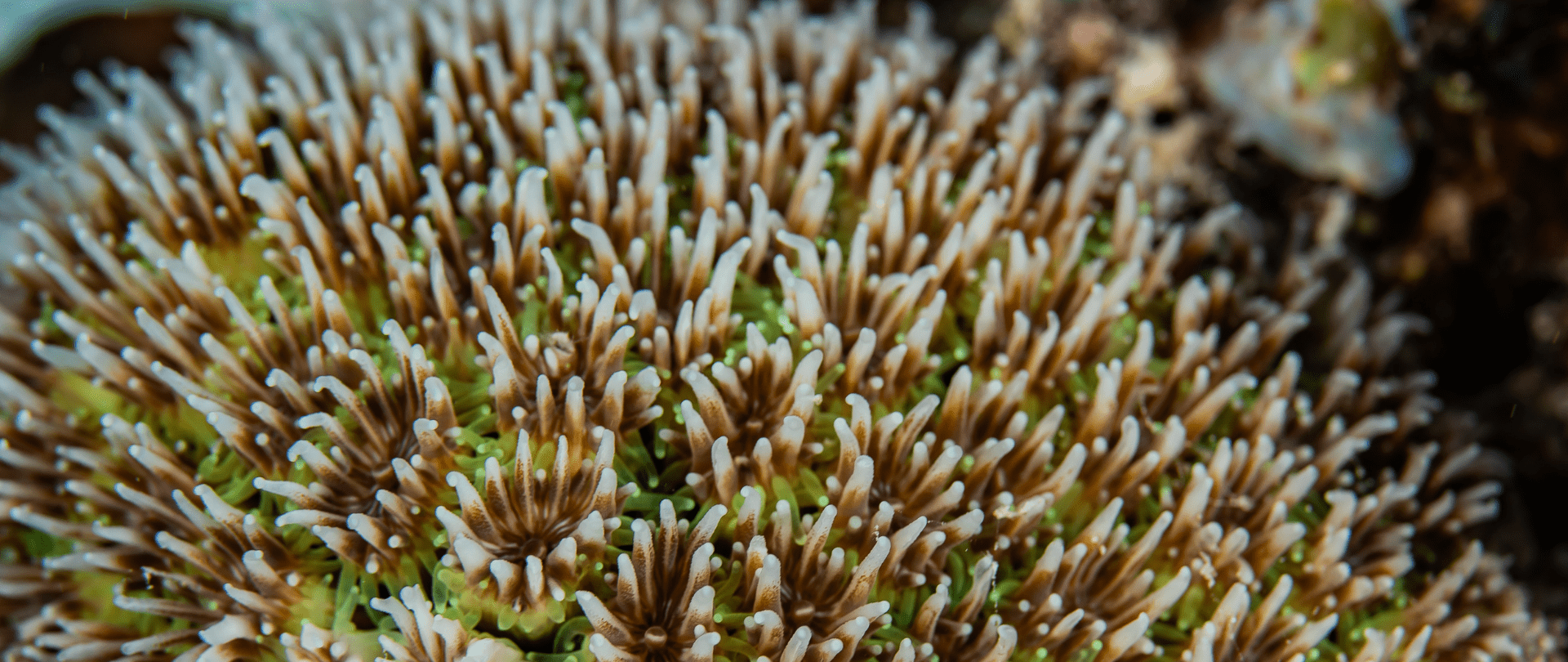
Climate Week NYC: what is it and why is it important? Read on to find out why Island Conservation is attending this amazing event!
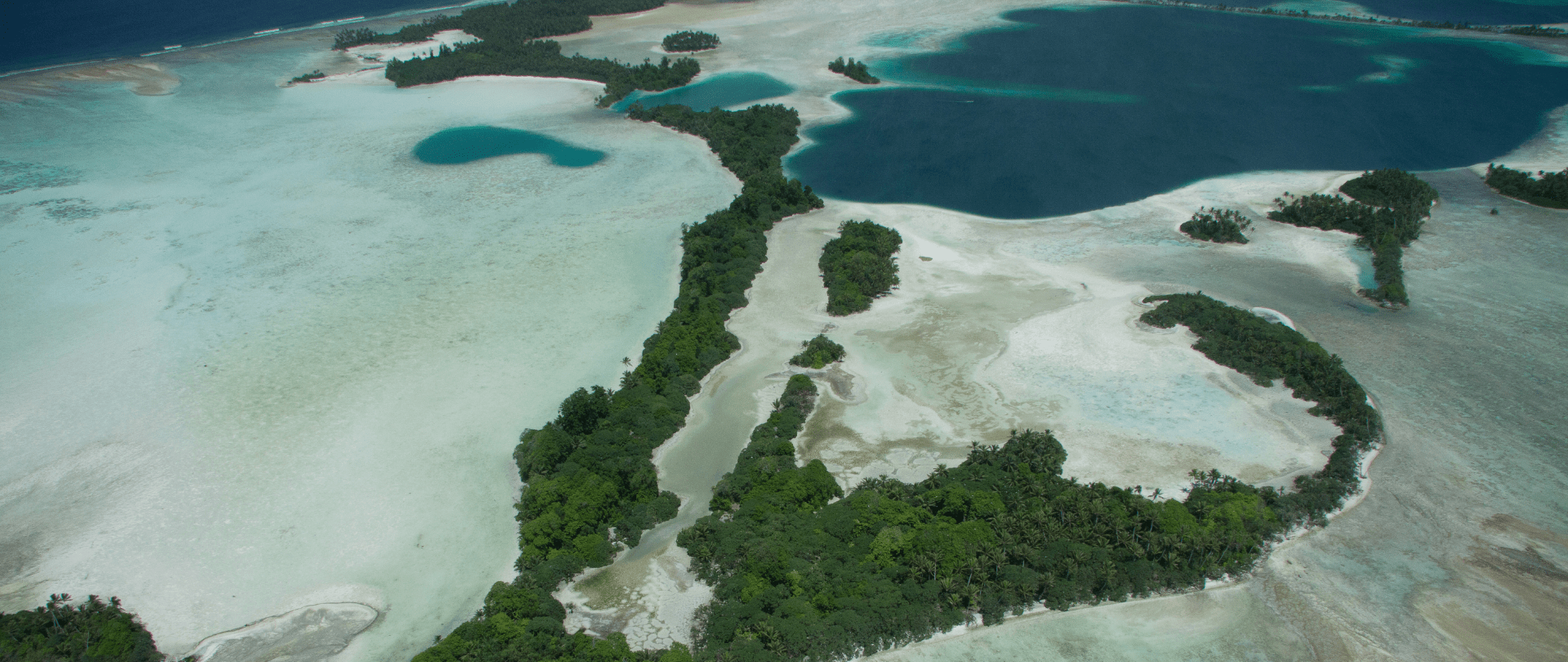
With sea levels on the rise, how are the coastlines of islands transforming? Read on to find out how dynamic islands really are!
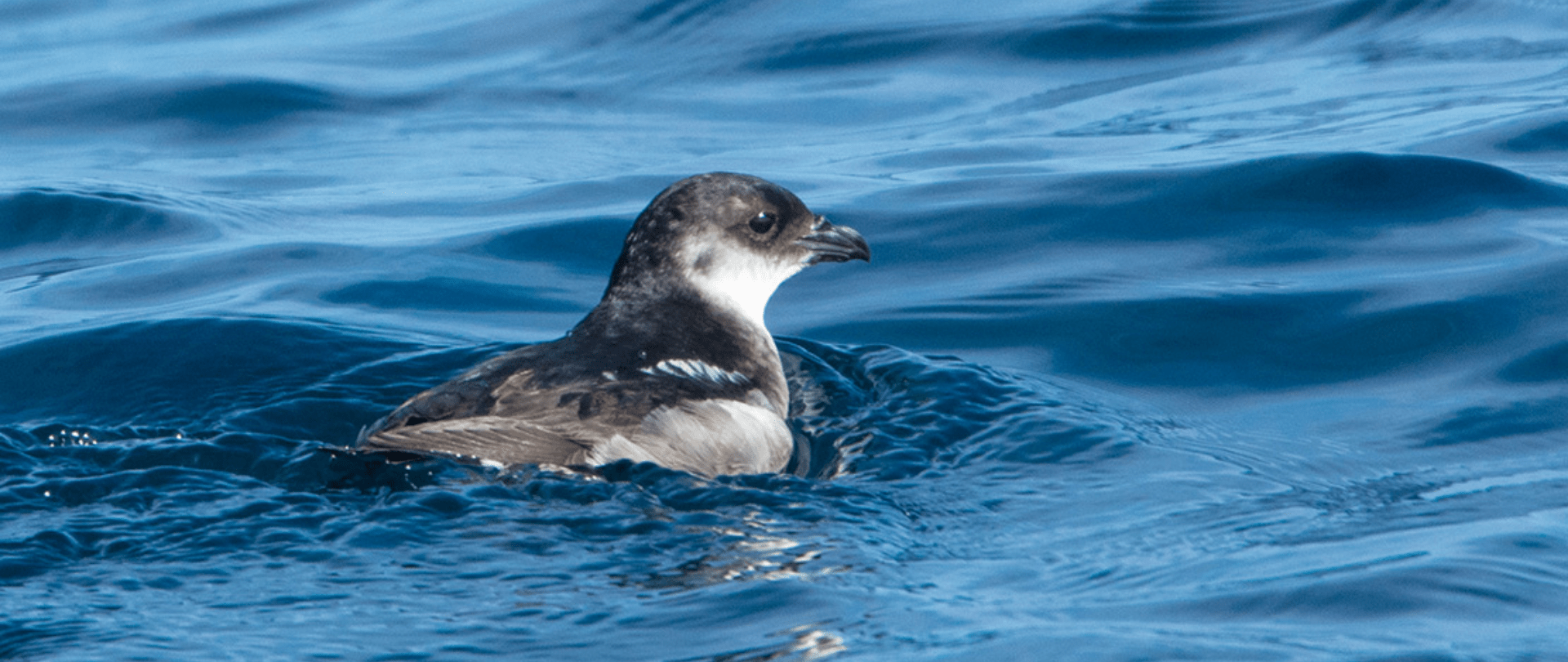
After decades of absence, rare Peruvian Diving-Petrels have returned to nest on Pajaros Uno island, recently free from invasive predators!

Loosiep Island in Ulithi Atoll, Yap State, is now confirmed to be free from damaging invasive species!
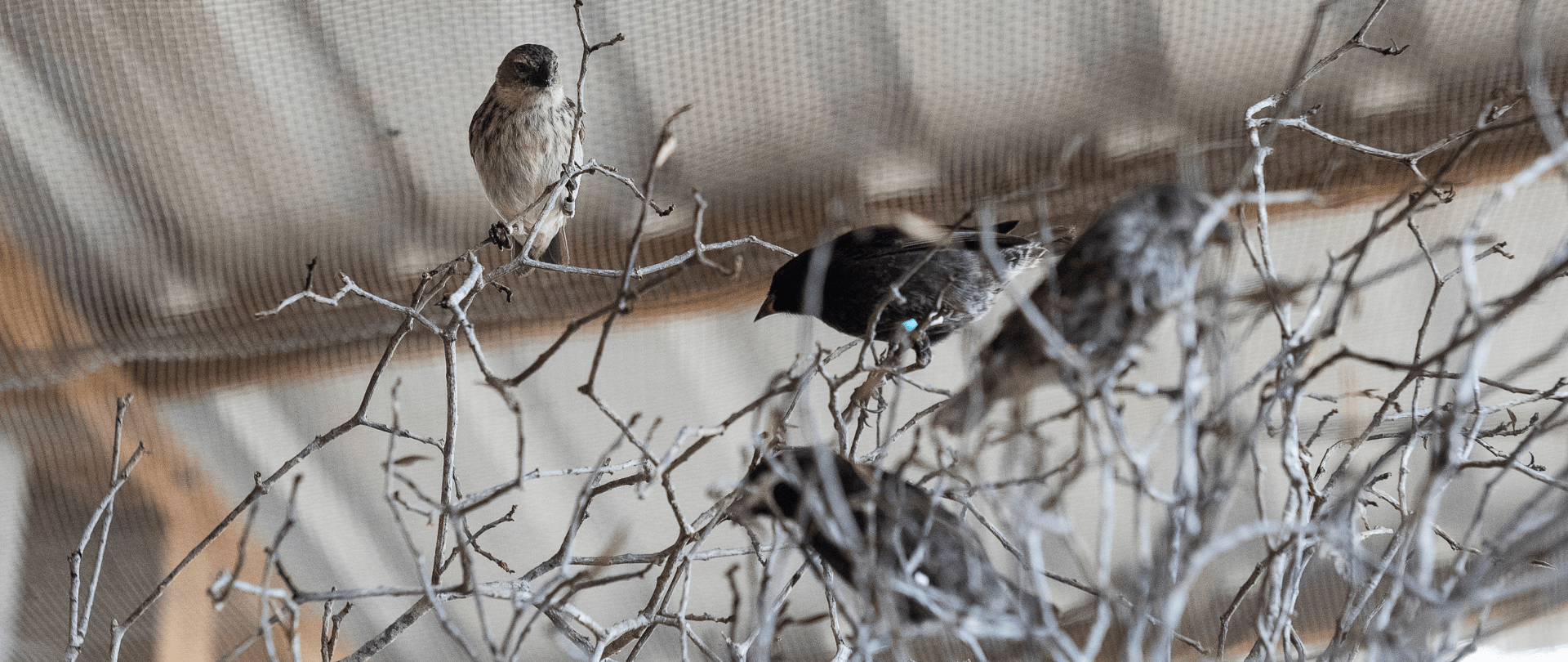
Five native finch species were released on Floreana Island, forecasting success for the largest conservation project in the Galapagos!
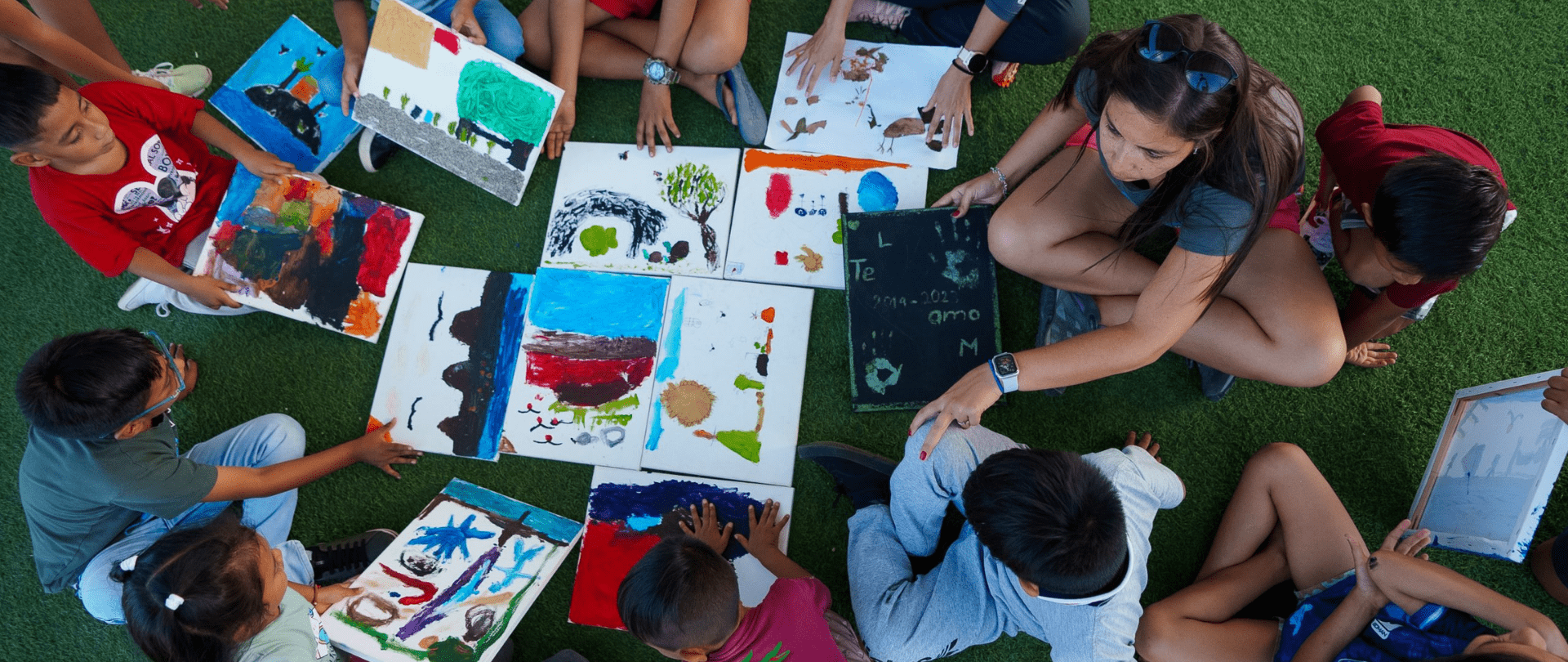
Join us in celebrating the most amazing sights from around the world by checking out these fantastic conservation photos!
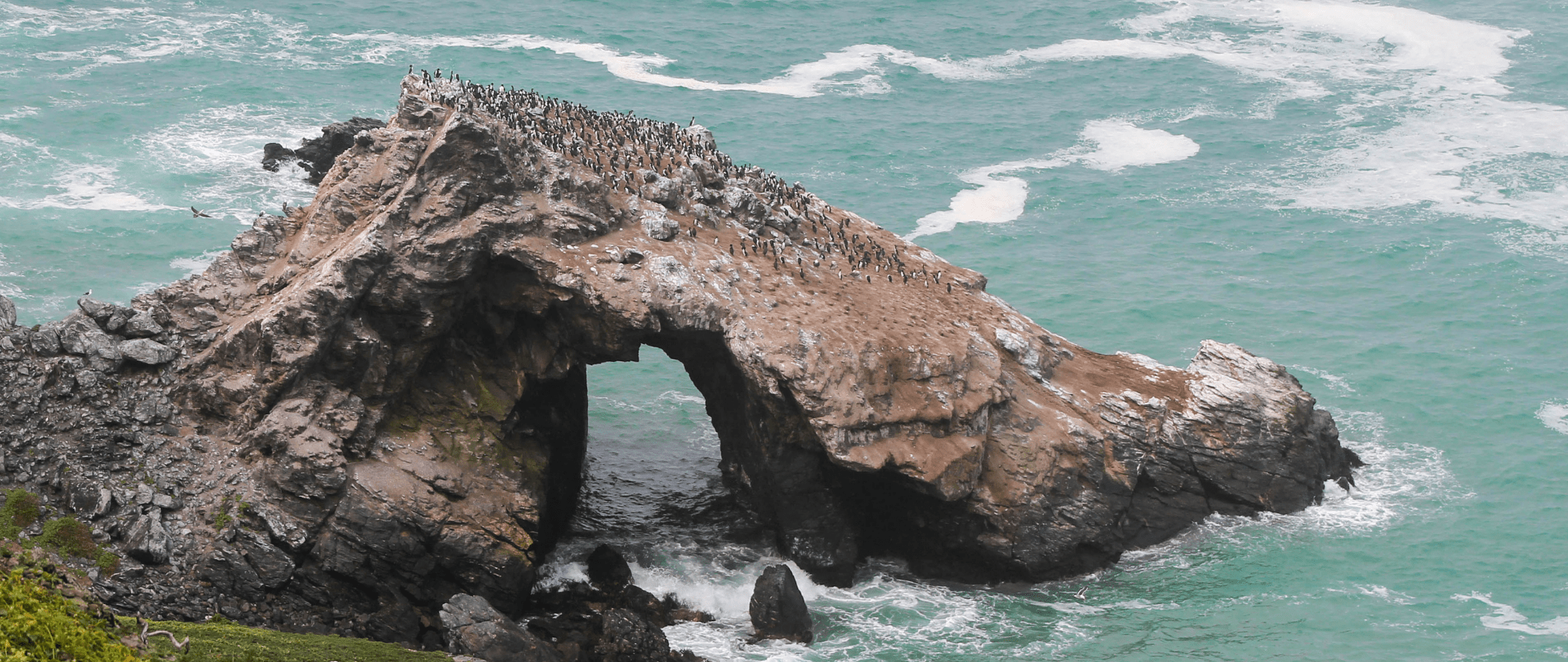
Rare will support the effort to restore island-ocean ecosystems by engaging the Coastal 500 network of local leaders in safeguarding biodiversity (Arlington, VA, USA) Today, international conservation organization Rare announced it has joined the Island-Ocean Connection Challenge (IOCC), a global effort to…